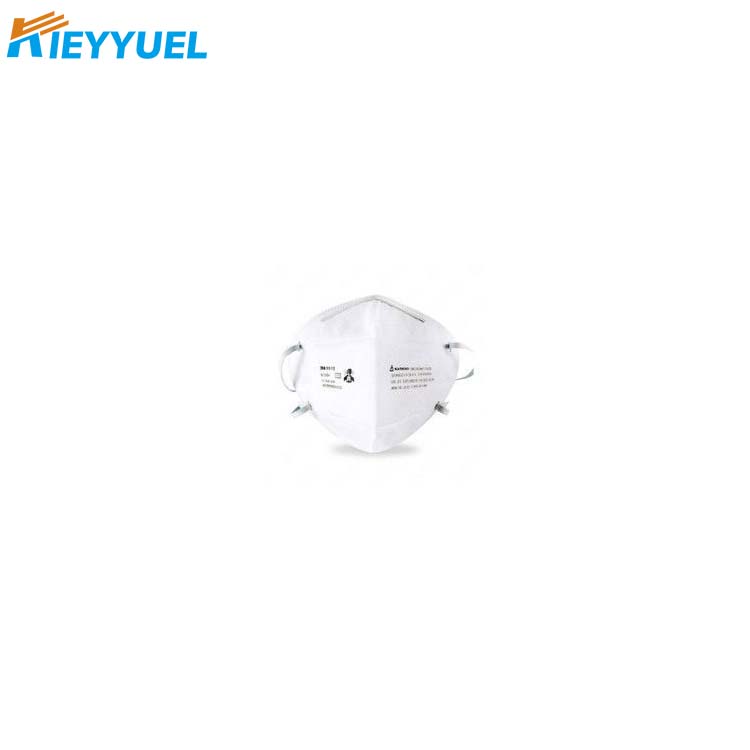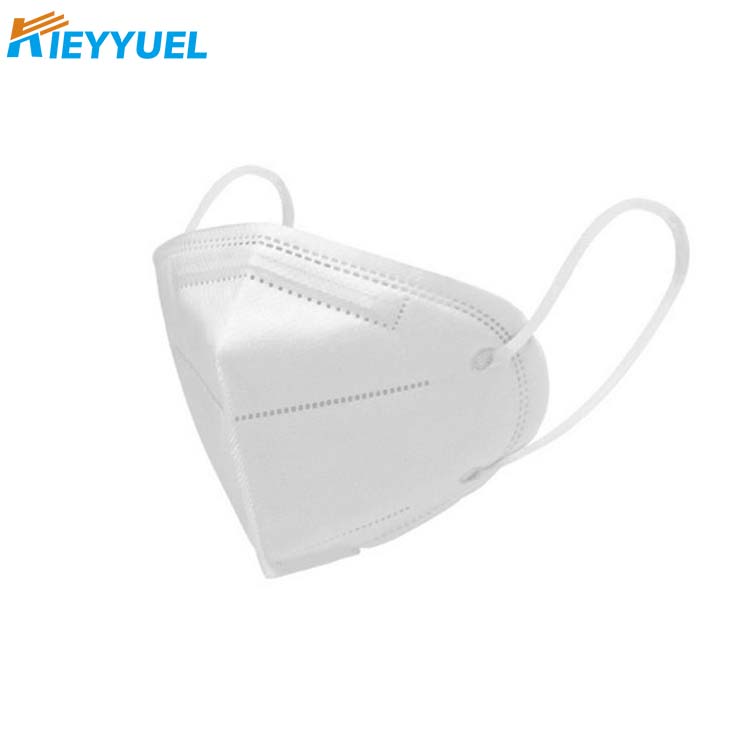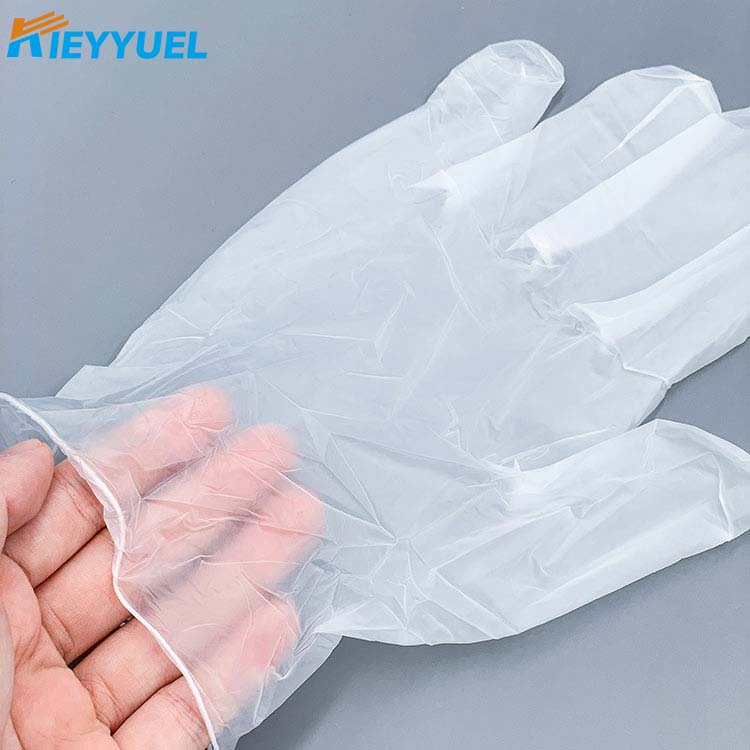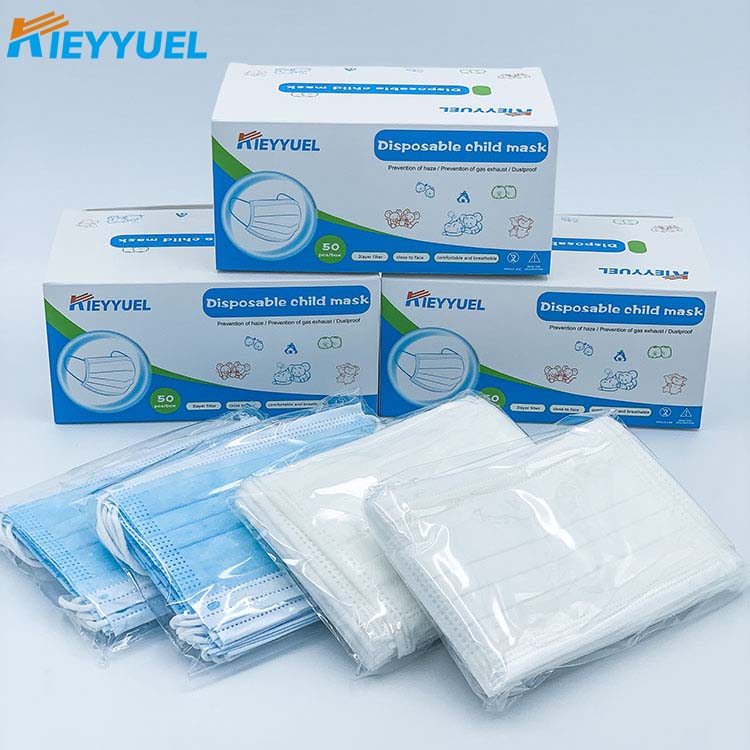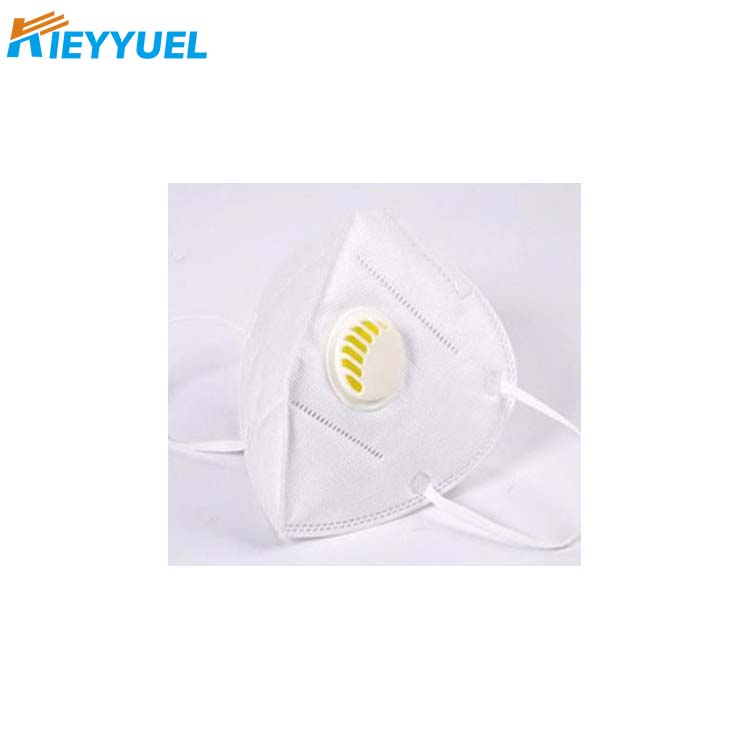The role of protective clothing is to create a barrier layer of bacteria, prevent the migration of bacteria, and reduce cross infection. The raw materials are generally woven and non-woven fabrics and composite materials, most of which are made of non-woven fabrics. Protective clothing has different properties due to the use of different materials. At present, there are several main materials:
Material of protective clothing
According to the application environment and function, medical protective clothing has different standard levels for liquid and bacterial infiltration, and the materials used are also different. However, the basic functions can be roughly divided into reusable and disposable (disposable) categories.
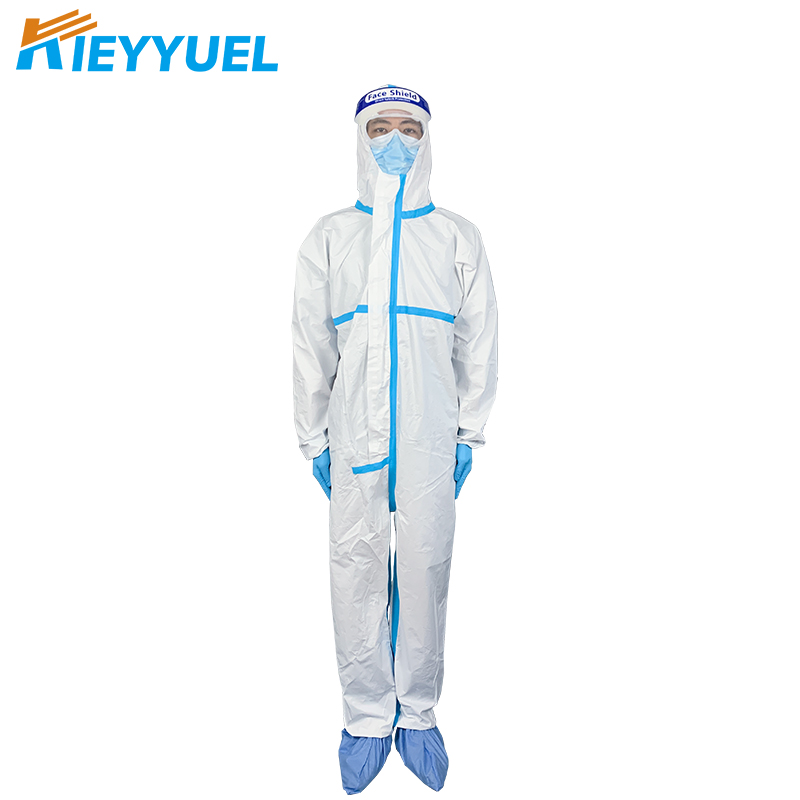
Reuse type: ptFE laminated fabric
Reusable protective clothing is generally used as daily work clothes and surgical clothing for medical staff. It is mainly made of traditional woven fabrics, high - density fabrics, coated fabrics and laminated fabrics. Because laminating fabric is made by combining ordinary fabric with a special film through laminating process, it has become the mainstream choice in the industry due to its better protective performance and wet vapor performance.
The more high-end laminate fabric is polytetrafluoroethylene super waterproof and moisture permeable composite fabric, The material is made of polytetrafluoroethylene (PTFE), which is expanded and stretched to form a film with microporous properties. The film is then coated on various fabrics and substrates with a special process to become a new filtering material. Due to its small pore size, uniform distribution and large porosity, the film can filter dust particles including bacteria while maintaining air circulation, so as to achieve the purpose of purification and ventilation. The laminated fabric is wind - proof, water - proof, air - and moisture - permeable and extremely comfortable.
At present, developed countries mostly use teflon material. Using ptfe composite membrane as isolation layer of medical protective clothing, with a durable waterproof, waterproof, antibacterial, antistatic, flame retardant, moisture permeability and other physical and mechanical properties, of blood, virus (liquid or gas) under the condition of natural condition and pressure have good barrier properties, blocking (filtering) efficiency is more than 99%.
Disposable protective clothing: polyolefin fiber non-woven cloth
Reusable protective clothing, after each use must be washed and disinfected, the operation is not convenient. In view of this, the international gradually used disposable nonwoven (non-woven) materials made of protective clothing. Disposable protective clothing, after further antibacterial, antistatic and other treatment, feel and performance with traditional textiles more close, and the price is lower.
At present, the three major fibers used in the production of non-woven fabrics in China are polypropylene, polyester and viscose fiber. Polypropylene was the highest, accounting for 62%. Generally speaking, polypropylene used in the production of non-woven fabrics mainly refers to the high melting point polypropylene fiber material.
The disposable protective clothing is mostly made of composite non-woven fabric with polyethylene breathable film. Polythene nonwovens and spunbonded/melt blown/spunbonded (SMS) or spunbonded/melt blown/spunbonded (SMMS) nonwovens are combined with microporous films, and finished after "three refs" (water repellent, blood repellent, alcohol repellent, and antistatic) functions.
Nonwoven fabric
A sheet, net, or pad of fibers, specified or randomly arranged, formed by friction, clasp, or adhesion, or by a combination of these methods.
Note: Paper, woven fabrics, knitted fabrics, tufted fabrics, and wet-shrinkable felt products are not included (GB/T 5709--1997 Textile Nonwovens Terms).
In short, nonwovens do not consist of yarns interwoven and braided together. Instead, the fibers are physically bound together, so that no thread ends can be drawn out of nonwovens.
 English
English  Español
Español  Português
Português  русский
русский  français
français  日本語
日本語  Deutsch
Deutsch  Tiếng Việt
Tiếng Việt  Italiano
Italiano  Nederlands
Nederlands  ไทย
ไทย  Polski
Polski  한국어
한국어  Svenska
Svenska  magyar
magyar  Malay
Malay  বাংলা
বাংলা  Dansk
Dansk  Suomi
Suomi  हिन्दी
हिन्दी  Pilipino
Pilipino  Türk
Türk  Gaeilge
Gaeilge  عربى
عربى  Indonesia
Indonesia  norsk
norsk  اردو
اردو  čeština
čeština  Ελληνικά
Ελληνικά  Українська
Українська  Javanese
Javanese  فارسی
فارسی  தமிழ்
தமிழ்  తెలుగు
తెలుగు  नेपाली
नेपाली  Burmese
Burmese  български
български  ລາວ
ລາວ  Latine
Latine  Қазақ
Қазақ  Euskal
Euskal  Azərbaycan
Azərbaycan  slovenský
slovenský  Македонски
Македонски  Lietuvos
Lietuvos  Eesti Keel
Eesti Keel  Română
Română  Slovenski
Slovenski  मराठी
मराठी  Српски
Српски  简体中文
简体中文  Esperanto
Esperanto  Afrikaans
Afrikaans  Català
Català  עִברִית
עִברִית  Cymraeg
Cymraeg  Galego
Galego  繁体中文
繁体中文  Latvietis
Latvietis  icelandic
icelandic  יידיש
יידיש  Беларус
Беларус  Hrvatski
Hrvatski  Kreyòl ayisyen
Kreyòl ayisyen  Shqiptar
Shqiptar  Malti
Malti  lugha ya Kiswahili
lugha ya Kiswahili  አማርኛ
አማርኛ  Bosanski
Bosanski  Frysk
Frysk  ជនជាតិខ្មែរ
ជនជាតិខ្មែរ  ქართული
ქართული  ગુજરાતી
ગુજરાતી  Hausa
Hausa  Кыргыз тили
Кыргыз тили  ಕನ್ನಡ
ಕನ್ನಡ  Corsa
Corsa  Kurdî
Kurdî  മലയാളം
മലയാളം  Maori
Maori  Монгол хэл
Монгол хэл  Hmong
Hmong  IsiXhosa
IsiXhosa  Zulu
Zulu  Punjabi
Punjabi  پښتو
پښتو  Chichewa
Chichewa  Samoa
Samoa  Sesotho
Sesotho  සිංහල
සිංහල  Gàidhlig
Gàidhlig  Cebuano
Cebuano  Somali
Somali  Точик
Точик  O'zbek
O'zbek  Hawaiian
Hawaiian  سنڌي
سنڌي  Shinra
Shinra  հայերեն
հայերեն  Igbo
Igbo  Sundanese
Sundanese  Lëtzebuergesch
Lëtzebuergesch  Malagasy
Malagasy  Yoruba
Yoruba 





